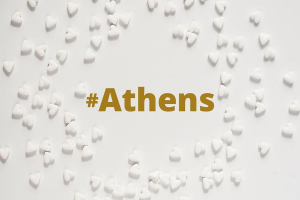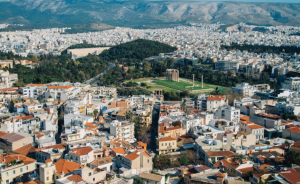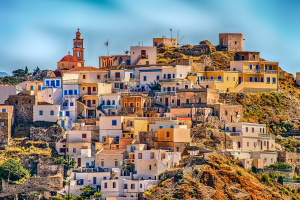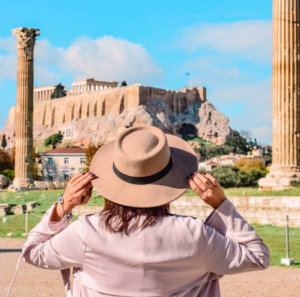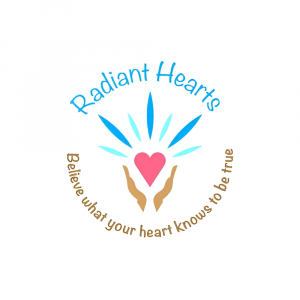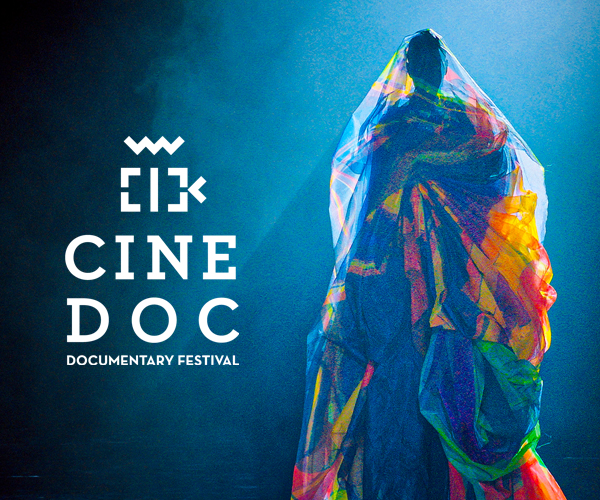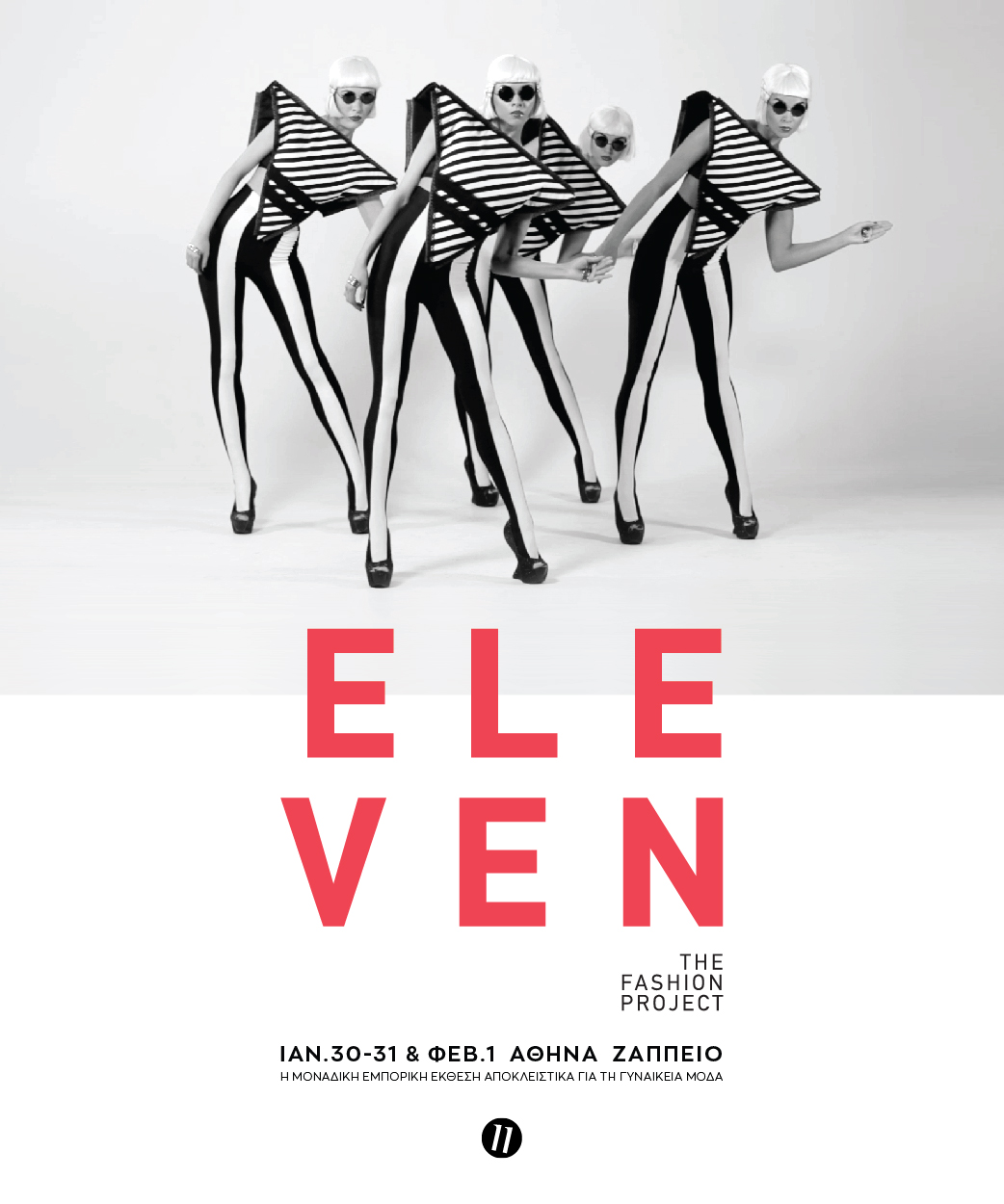XpatAthens
Applications To Receive Aid For Fire Damage Are Open
Government spokesperson Dimitris Tzanakopoulos also announced in addition to this aid, a complete set of measures for fire victims, including support for unemployed and pensioners, measures to compensate and support the families of victims, suspension of foreclosure auctions, reparation of material damages, and measures of direct tax and contribution relief.
Please visit Greek News Agenda to see the full list of fire relief measures.
Our Favorite Kid-Friendly Activities in Athens
Here are some of our favorite children’s activities in and around the center of Athens:
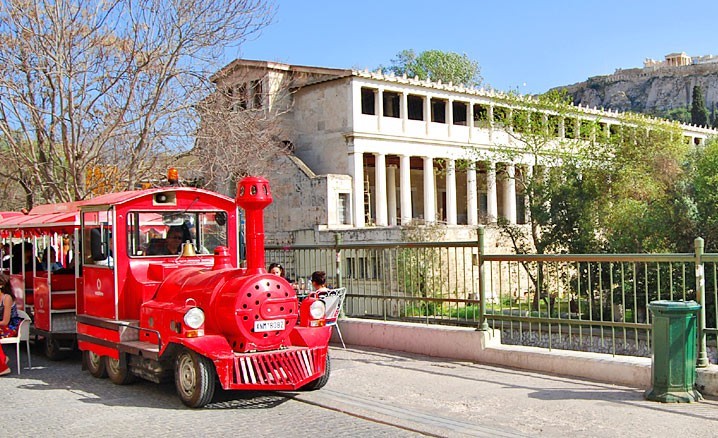
Courtesy: athenshappytrain.com
To enjoy a great sightseeing tour of the historical center of Athens, all you need to do is hop aboard the Athens Happy Train. This toy-like street train starts from Syntagma Square and will take you and your family around the most famous sight and landmarks of the city. You can even transform the 40-minute tour into a day trip by hopping on and off and exploring your favorite monuments and attractions along the way.

Address: 387 Syggrou Avenue, 175 64, Palaio Faliro

Credit: @hellenicchildrensmuseum
Address: 19 Vasileos Georgiou B, 106 75, Athens
Flisvos Park Playground
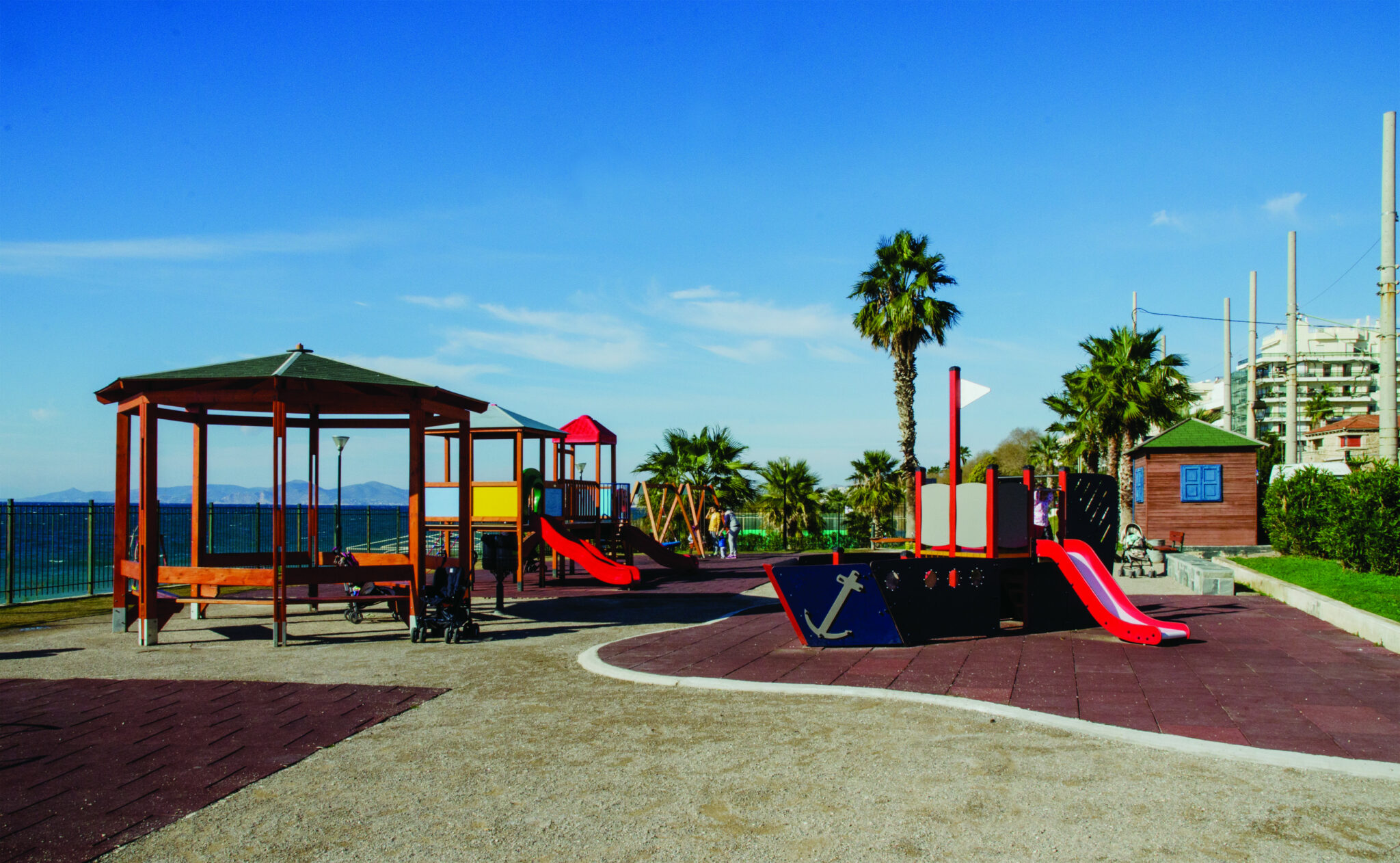
Courtesy: paleofaliro.gr
Address: Flisvos Park, Posidonos Avenue, Palaio Faliro
Goulandris Natural History Museum
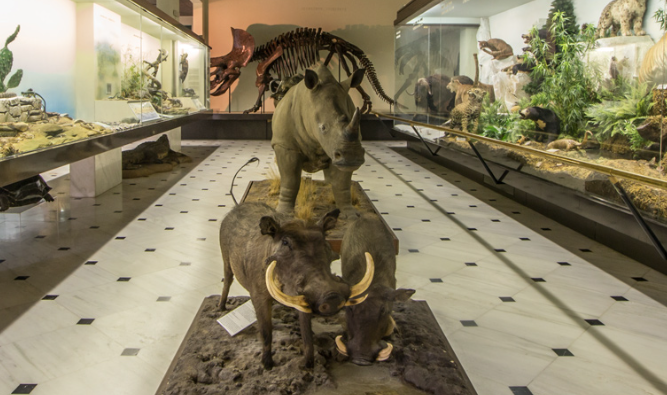
Courtesy: Goulandris Natural History Museum
Address: 13 Levidou, 145 62, Kifisia
February 12 - The City We Love
WWF Initiative Aims To Reduce Food Waste
In collaboration with Unilever Food Solutions, the Greek branch of the World Wide Fund for Nature (WWF) has launched an initiative that aims to reduce food waste at 3 Greek hotels.
The initiative that started in late May involves a detailed daily record of food waste, at Grecotel Cape Sounio, Aquila Rithymna Beach Resort, and the Athens Marriott. Food waste is recorded in terms of food thrown-out during the meal preparation process, leftovers on the buffets and restaurants as well as on guests' plates.
"It was quite shocking when I realized how much waste we had. Almost all the guests only eat half of what they put on their plates, and the rest ends up in the trash," says Sakis Tzanetos, the chef at Grecotel Cape Sounio.
"If the customer understands that this is being done for the sake of sustainability and in respect for all of the things the planet gives us, they may start to appreciate food differently," explains WWF's Vicky Barboka, who's responsible for the program.
The action includes leaving a note for guests on the tables, at the buffets, and elsewhere asking them not to select more than they can eat.
Two years ago, the same program was implemented at 10 American hotels, helping them curb food waste by between 17 and 38 percent.
Today, food production is considered the number one threat to the environment; it uses up 34% of the planet's land and 69 % of its clean water, and is accountable for 24-30 % of greenhouse emissions.
To read this article in full, please visit: ekathimerini.com
To learn more about the actions of WWF Greece, please click here
Jupiter And Saturn Form The So-Called 'Christmas Star' In The Sky
To read this article in full, please visit: cnn.com
Athens Unpacked Episode 1 - Up Above & Down Below
Bestselling writer and former anthropologist, Sofka Zinovieff, embarks on a quest to uncover the true essence of her adopted home, in all its layers and mysteries. Discover how Athenians feel about their own architecture, how tragedy and trauma have flavored the city’s cuisine, why Athens has always been a “15-minute city”, and much, much more.
Produced by Pod.gr, for This is Athens, tune in each fortnight and get ready to capture the seductive soul of Athens!
Thank you This is Athens for your contribution as an XpatAthens Partner.
Greece A Leading Choice For European Travelers Seeking To Get Away By March
Celebrate Love, Celebrate Greece
Please click HERE to view this issue of our newsletter!
Business Services
XpatAthens provides tailored solutions and strategies for starting, growing and optimizing your business in Greece. Our comprehensive business services ensure informed decision-making and sustainable growth for your business. Whether you’re starting a new business, strategizing a website build, expanding your products and services, or figuring out what’s next for your business, we always take an outside-the-box approach to mapping out your tangible next steps.
With over 20 years of experience in creating and developing brands across multiple industries, we understand the complexities of starting, running and growing a business. We take pleasure in sharing our knowledge in order to provide the best possible result for you!
Our team of professionals has both international experience, and local Greek business know-how. We understand first-hand what unique challenges and opportunities exist for freelancers, small businesses, and international individuals in Greece.
Connect with us to explore how our services can provide you with new opportunities and assist you in navigating the intricacies of the Greek business landscape.
We Work With
Small businesses from 1-50 people
Sole proprietors
Freelancers
Home-based businesses
Solopreneurs
Mompreneurs
Digital nomads
Independent professionals
Our Services & Expertise
Setting up & operating a business in Greece
Accounting for companies in Greece
Trademark registration
Budgeting
Financial Planning & Management
Bookkeeping
Brand Creation & Strategy
Website Development
SEO, Content Creation & Translations
Audience Analysis & Analytics
Digital Marketing & Management
Consulting
Mentoring & Coaching
Mapping, Modeling & Strategy
Due Diligence
Market Research
Compliance
Get in touch with us to get your questions answered - our solutions are always personalized to your unique needs.
Radiant Hearts – Your Next Chapter Begins Here
Transformational Coaching for Conscious Living & Wholesome Wellness
Valia Radiant Hearts is a human transformational life coaching and wellness practice, devoted to helping individuals awaken their true potential through emotional healing, mindful living, and soul-aligned growth.
Led by Valia, a certified Heal Your Life®️ Licensed Teacher, Workshop & Retreat Leader, Radiant Hearts blends the powerful philosophies of Louise L. Hay with intuitive, heart-centered coaching to guide clients toward lasting transformation. With over a decade of experience in personal development, emotional intelligence, and energy alignment, Valia helps others move from limitation to liberation—one conscious step at a time.
💖 Our Mission
At Radiant Hearts, we believe that true wellness is wholesome—a dynamic harmony of body, mind, emotions, energy, and spirit. Our purpose is to create sacred, supportive spaces for healing and empowerment—whether you are an individual, a family, or a group.
🌿 What We Offer
Transformational Coaching & Intuitive Guidance
Customized sessions to help you release limiting beliefs, strengthen self-worth, and align with your soul’s purpose.
Heal Your Life®️ Workshops & Retreats
Powerful group experiences based on Louise L. Hay’s life-changing teachings—offered both online and in-person in sacred destinations like Greece.
Emotional Intelligence & Mindfulness Tool
Practical strategies to support resilience, balance, and inner peace in everyday life.
Wholesome Wellness Programs
Support for those seeking full-spectrum healing—physically, mentally, emotionally, and spiritually.
🔅 Conscious Living – Conversations of the Soul
A Transformative Series for the Evolving Soul.
I’m beyond excited to invite you on a powerful new journey—Conscious Living: Conversations of the Soul—a sacred series of gatherings held both online and in-person in the heart of Greece.
These monthly circles are a heartfelt invitation to reconnect with your inner wisdom, awaken your soul’s essence, and walk the path of conscious evolution with a global community of like-hearted beings.
💫 Begin Your Journey With A Complimentary Discovery Session
You deserve a life of peace, passion, and purpose. Let’s create it—together.
If you're ready to take the first step, let’s co-create your Wholesome Change—one that honors your past, embraces your present, and inspires a future rooted in truth, love, and alignment.
📧 Book Your Free Session Today: Contact Valia at valiazack@gmail.com
![]() WhatsApp/Viber: +30 698 339 0026 / +27 84 651 9055
WhatsApp/Viber: +30 698 339 0026 / +27 84 651 9055




